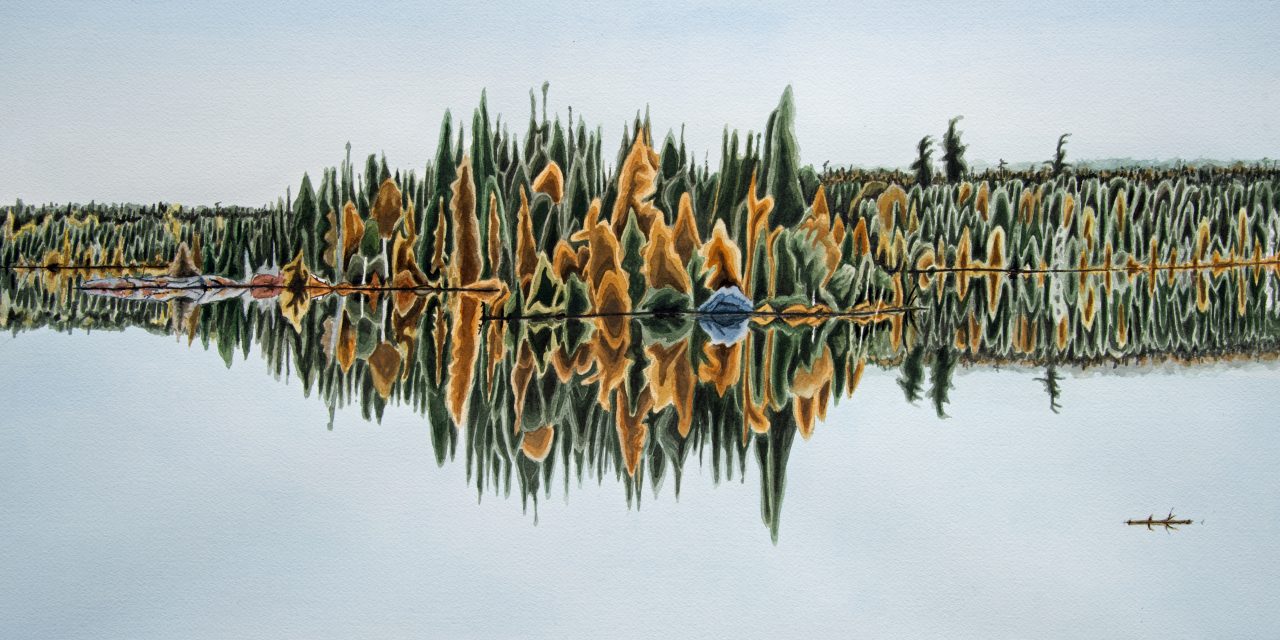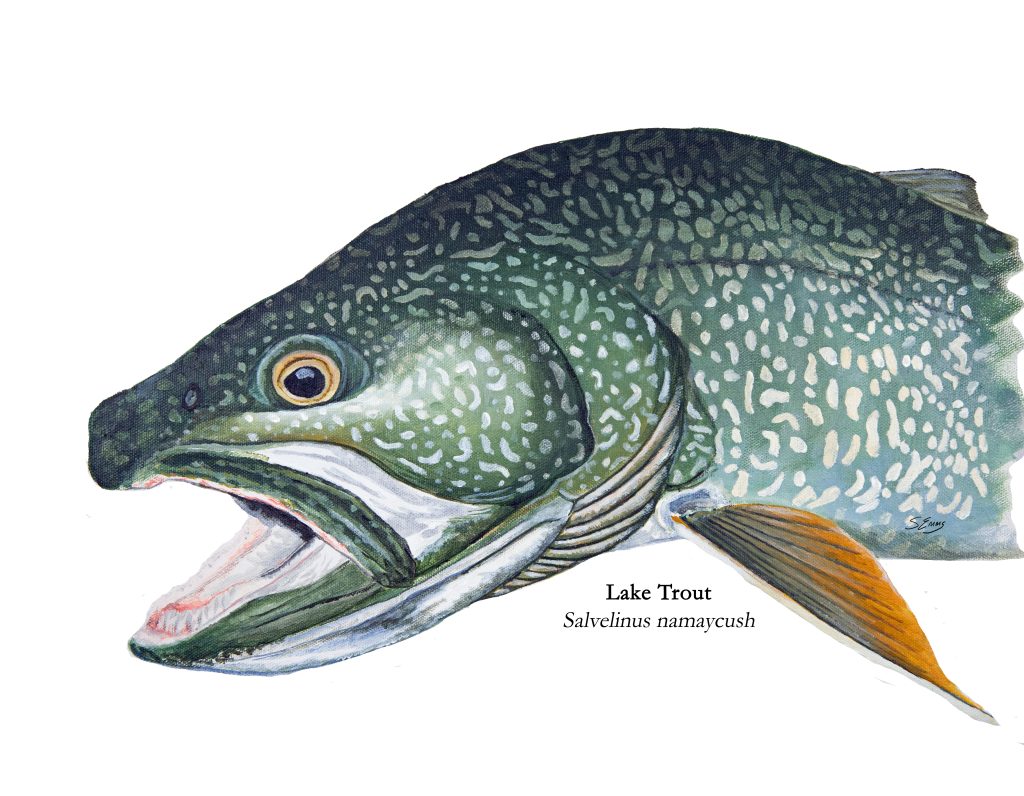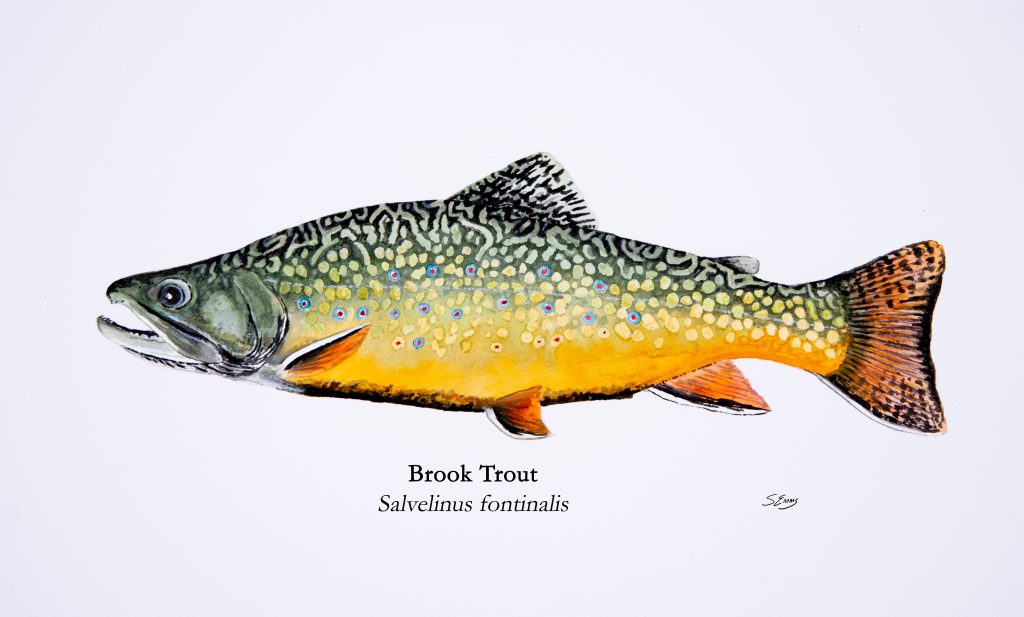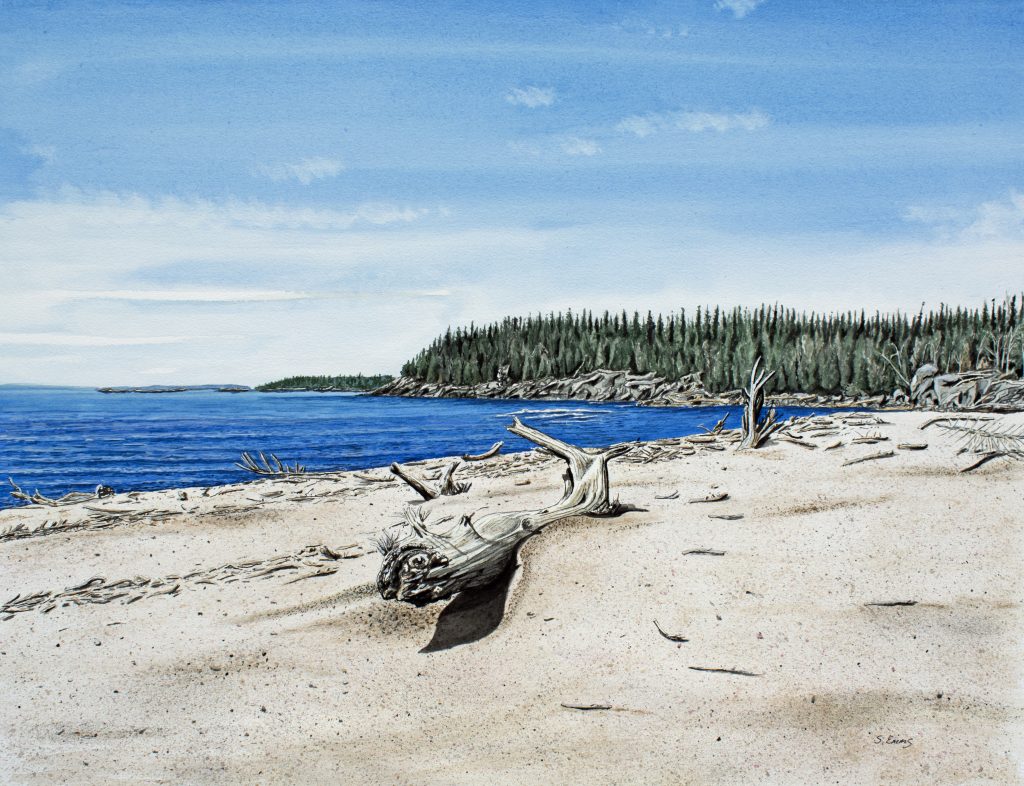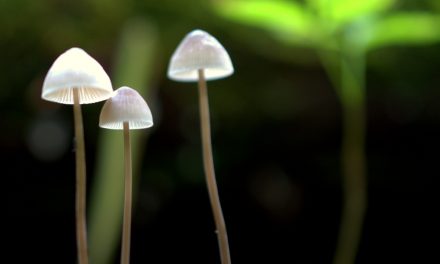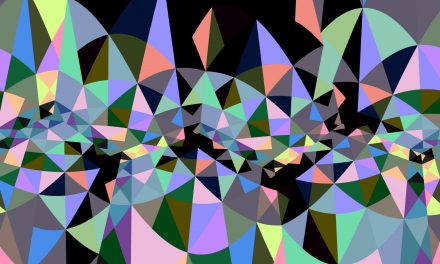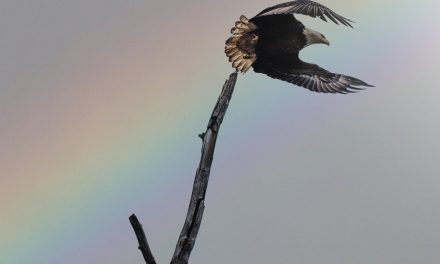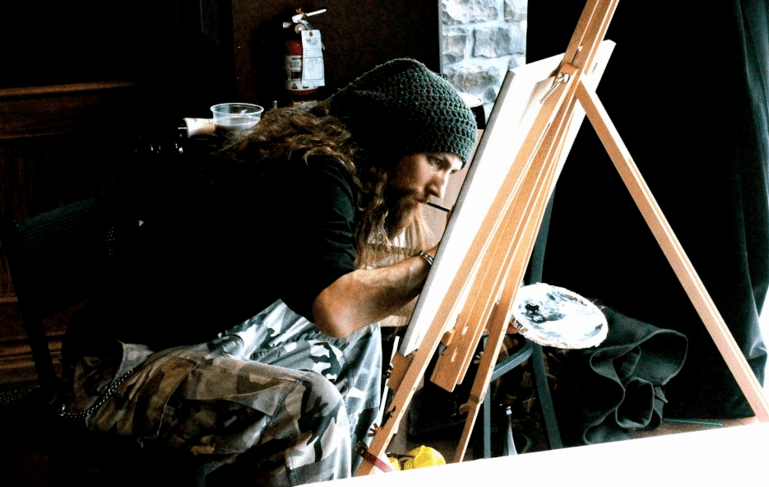The Artwork of Steve Emms
Story by Amy Sellors, Photos by Steve Emms
When you look at Steve Emms’s paintings, you see the beauty of the outdoors and nature pushing through. “There are certain scenes that strike me as remarkable,” says Emms. “It can be just a bunch of rocks with a single flower growing out of it, things that are struggling to survive. That inspires me. It’s the little things that people pass by. You look at it and wonder how that mushroom, or that little plant is even surviving there? How did it get there? Little things that in the big scheme of things, matter.”
Nature and the outdoors are a big part of Emms’s life. For over 30 years, he worked as a conservation officer, and before that, a fish and wildlife technician. His paintings reflect the nature he loves, but they also tell a story. Recently, he’s been painting the fish of Lake Superior, and it isn’t only the beauty of their scales he marvels at. “It intrigues me, the dynamics of the fish population there, how much it’s changed since the First Peoples were here.” Emms goes on to explain that originally, there were only two native species—lake trout and brook trout—and that all the rest of the salmon and trout that are in the lake were introduced later.
“So many people don’t realize this,” he says. “And because of the size of Superior, the trout have evolved into four morphotypes. It’s amazing, the dynamics and how it’s changing.” The introduction of the parasitic and invasive sea lampreys also drastically changed the ecosystem—at one time almost wiping out the lake trout and the brook trout, as did over-harvesting, he adds. “They all had an effect,” he says. “They got the sea lampreys under control and the lake and brook trout populations are bouncing back up. And moving forward, the jurisdictions around Superior will only stock the lake with native species. The paintings of the fish are about what it means to the changes of the lake.”
People around the world are captivated by these paintings. “The fall spawning colours of the brook trout make it one of the most beautiful freshwater fish in the world,” he says. “The white against the black and the red and orange. It’s striking. It really is.” Emms spends as much time as he can out on Lake Superior. He has painted his whole life, but became more serious about it 10 to 15 years ago. He paints for himself, and for his well-being. “It’s calming; it’s satisfaction,” he says. “I usually paint first thing in the morning. It’s just very relaxing.” He paints in watercolours and acrylics, and he usually has three or four paintings on the go at a time. Working on several pieces at once helps him to pace himself.
Emms paints from photographs he’s taken of something remarkable that has caught his eye. In his light-filled loft studio, he adds layers and shadowing, interpreting the image through his own perspective so that the painting is not a literal rendering of the photo, but rather how Emms sees it. “It’s nice to have a photograph, but a painting isn’t like a photograph,” he says. “It’s an original—you own it and it means something to you. It’s an interpretation. Each stone and branch are painted individually. If I painted it again, it wouldn’t be the same.”
Emms is often asked to do commissions. It’s a delicate matter, as he’s taking someone else’s meaningful image and adding his interpretation. “When I do commissioned artwork, people send me a couple of photos. I tell them it won’t look exactly like that because it’s my interpretation of the picture,” he says. “I take some liberties. Even when I do a landscape or pile of rocks, it’s an interpretation.”
The internet has been extremely helpful in helping Emms connect with his audience. People can purchase cards and prints or inquire about owning the originals—at least the ones his wife will allow him to part with. Accompanying each painting or photo is a story of why the image is remarkable. Connecting with Emms’s artwork means not only seeing the what, but also the why.
Visit steveemms.com to see more.


